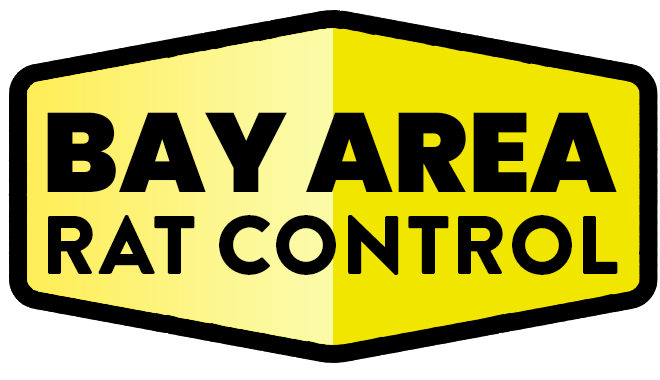Opening Thoughts
Ultrasonic rat repellents have gained popularity as a non-toxic, humane way to deter rodents. These devices emit high-frequency sound waves that are inaudible to humans but claim to disrupt rats’ communication and behavior. However, their actual effectiveness remains a topic of debate. This guide evaluates the science, practical applications, and limitations of ultrasonic rat repellents to help you determine if they are the right choice for your pest control needs.
How Ultrasonic Rat Repellents Work
1. High-Frequency Sound Waves
- Emit frequencies between 20 kHz and 65 kHz, which are beyond human hearing but within the auditory range of rodents.
- Designed to irritate or confuse rats, discouraging them from inhabiting treated areas.
2. Disruption of Rat Communication
- Interferes with the ultrasonic calls rats use for navigation and social interactions.
- Creates an environment perceived as hostile or uncomfortable for rats.
Evaluating the Effectiveness
1. Scientific Studies
- Supportive Findings:
- Some studies suggest that ultrasonic repellents can temporarily deter rodents in controlled environments.
- Short-term reduction in rat activity has been observed in specific scenarios.
- Critical Findings:
- Rats may become habituated to the sound over time, reducing long-term effectiveness.
- Obstacles like walls or furniture can block sound waves, limiting coverage.
2. Practical Applications
- Most effective in enclosed spaces with minimal obstructions, such as attics or basements.
- Works best as a preventive measure rather than a solution for existing infestations.
Benefits of Ultrasonic Rat Repellents
1. Safe and Non-Toxic
- Does not involve chemicals, poisons, or traps, making it safe for children and pets.
- Ideal for eco-conscious users looking to minimize environmental impact.
2. Easy to Use
- Plug-and-play devices require minimal setup or maintenance.
- Portable and suitable for various indoor locations.
3. Humane Option
- Deters rats without causing harm, appealing to users concerned about animal welfare.
Limitations of Ultrasonic Rat Repellents
1. Limited Range and Coverage
- Sound waves typically cover 800 to 1,200 square feet.
- Ineffective in large or open areas and cannot penetrate walls or solid barriers.
2. Temporary Effectiveness
- Rats may adapt to consistent sound frequencies, reducing repellents’ impact over time.
- Frequent repositioning or using multi-frequency devices may help prolong effectiveness.
3. Variable Results
- Effectiveness depends on factors like infestation size, room layout, and device placement.
- May not work in severe infestations or outdoor environments.
Best Practices for Using Ultrasonic Rat Repellents
1. Placement Tips
- Position devices in areas with visible rat activity, such as near droppings or gnawed materials.
- Place repellents away from walls and heavy furniture to prevent sound waves from being blocked.
2. Combine with Other Methods
- Use alongside traps, bait stations, or sealing entry points for a comprehensive pest control strategy.
- Maintain cleanliness and eliminate food sources to reduce rats’ motivation to stay.
3. Monitor and Adjust
- Observe changes in rat activity over several weeks to assess the device’s effectiveness.
- Experiment with different placements and settings for optimal results.
Popular Ultrasonic Rat Repellents on the Market
1. Neatmaster Ultrasonic Pest Repeller
- Multi-frequency settings for greater adaptability.
- Covers up to 1,200 square feet, making it ideal for small to medium-sized spaces.
2. Victor PestChaser Pro
- High-intensity sound waves designed for large areas like garages or basements.
- Includes a nightlight for dual functionality.
3. Bell+Howell Ultrasonic Pest Repeller
- Affordable and comes in multipacks for use in multiple rooms.
- Simple plug-and-play design.
Are Ultrasonic Rat Repellents Right for You?
When to Use Them
- In low-activity areas where rats are not yet nesting.
- As a preventive measure in conjunction with other pest control methods.
When to Avoid Them
- In severe infestations where immediate and aggressive measures are needed.
- In outdoor or highly cluttered environments where sound waves lose effectiveness.
Final Thoughts
Ultrasonic rat repellents offer a non-toxic, humane option for pest control, but their effectiveness can vary widely depending on the situation. While they may help deter rats in specific scenarios, these devices should be part of a broader pest management strategy that includes traps, sealing entry points, and regular sanitation. For long-term success, monitor results closely and adjust your approach as needed.
Relevant Links/Sources:
Ultrasonic Pest Control Research – EPA
Evaluating Ultrasonic Devices – CDC
Humane Pest Control Options – PestWorld
